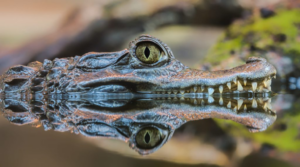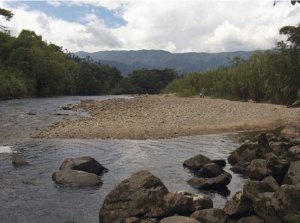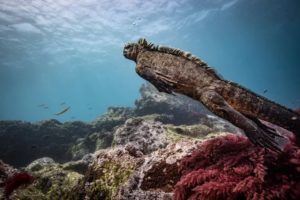In the heart of the beautiful city of Quito, the capital of Ecuador, stands majestically the Basilica del Voto Nacional. This imposing architectural masterpiece is an iconic symbol of the city and one of the country’s most precious treasures. The Basilica is one of the largest churches in Latin America and a magnificent example of the neo-Gothic style.
Construction of the Basilica del Voto Nacional began in 1892 and spanned several decades. Although not yet fully completed, its imposing structure and breathtaking beauty have made the basilica a landmark that attracts visitors from all over the world.

Foto: Iglesias Católicas
The Basilica of the National Vow is distinguished by its Gothic architectural style, inspired by the great European cathedrals of the Middle Ages. Its tall towers and pointed arches create an impressive silhouette that dominates the city’s skyline. The facade is adorned with intricate sculptural details and gargoyles, which add a touch of mysticism and charm to the building.
One of the most notable features of the Basilica is its impressive panoramic view of Quito from the towers. Visitors can climb the towers via spiral staircases and enjoy a spectacular view of the city, with its cobblestone streets, historic squares and surrounding mountains. It is an unforgettable experience that allows you to appreciate the grandeur of Quito from the heights.
Inside the Basilica, you can find beautiful stained glass windows depicting biblical scenes and Catholic saints. These colorful works of art fill the space with soft light and create a spiritual and peaceful atmosphere. The main altar, with its elaborate design and detailed ornamentation, is an impressive display of craftsmanship and religious art.

Foto: Turismo Religioso
The Basilica del Voto Nacional also houses a subway crypt, where the remains of prominent Ecuadorian figures lie. It is a place of great historical and cultural importance, and a place of respect and veneration.
In addition to its architectural and religious value, the Basilica del Voto Nacional is a symbol of Ecuador’s identity and history. Its name is due to a vow made by the Ecuadorian people in the nineteenth century, pledging to consecrate the country to the Sacred Heart of Jesus. This vow is commemorated in the basilica and highlights the deep religious connection of the nation.

Foto: Mi Viaje




